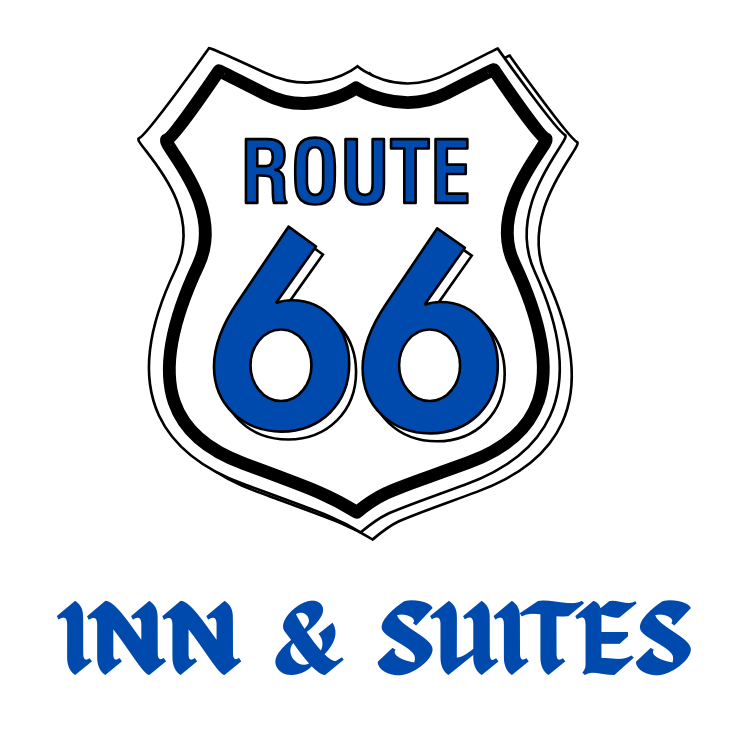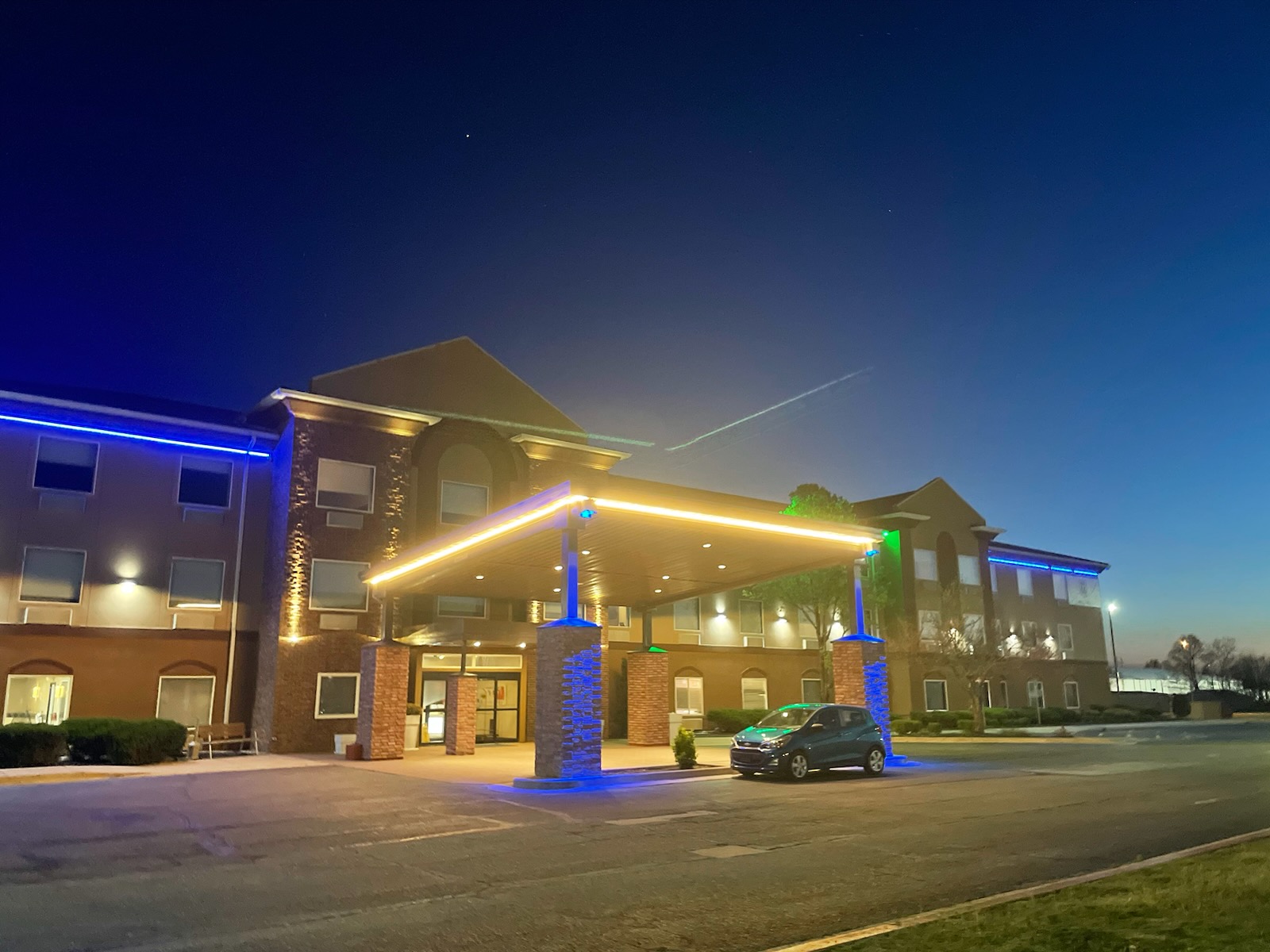We caught up with the brilliant and insightful Sadrudin Laiwala a few weeks ago and have shared our conversation below.
Sadrudin, thanks for taking the time to share your stories with us today If you’re open to it, can you talk to us about the best (or worst) investment you’ve made. What’s the backstory and the relevant context behind why you made the investment
At a point in my career when a large portion of income was going to the IRS, I realized I needed more than just income — I needed strategic tax relief and long-term financial resilience. That’s when I faced a pivotal decision: pursue a passive investment or take on an active, inflation-proof project where I could build value from the ground up.
I chose the latter — and launched my first hotel development: Microtel Inn & Suites.
Rather than buying a stabilized asset, I constructed the hotel from scratch. This gave me control over cost, design, and brand alignment. It wasn’t just an investment — it was an operational business, a tax shelter through depreciation, and a hedge against inflation as hotel revenues generally rise with economic cycles.
That first project taught me the power of active investments: how equity, tax benefits, and operational control can create compounding returns. It wasn’t without risk — but the experience built the foundation for my continued success in hospitality development.

Sadrudin, love having you share your insights with us. Before we ask you more questions, maybe you can take a moment to introduce yourself to our readers who might have missed our earlier conversations?
I’m Sadrudin Laiwala — a hotelier, developer, and CEO with over two decades of experience transforming hospitality assets into high-performing, guest-centric businesses. From building my first Microtel Inn & Suites from the ground up to turning around distressed properties like Hampton Inn, I’ve consistently applied a hands-on, strategic approach to create long-term value. My brand is built on integrity, operational excellence, and a deep understanding of what drives both guest satisfaction and investor returns. Whether I’m leading a new development or repositioning an underperforming hotel, I focus on building teams, streamlining systems, and maximizing performance — all while maintaining a long-term vision rooted in sustainability and growth.

Can you tell us about a time you’ve had to pivot?
In 2008, when the U.S. market collapsed, I made the difficult but strategic decision to sell my Microtel Inn & Suites, a hotel I had developed from the ground up. The economic signals were clear — liquidity was critical, and preserving capital was smarter than holding on through uncertainty. That moment forced me to pause, reassess the landscape, and prepare for the right opportunity.
Four years later, in 2012, that opportunity came. I acquired a distressed Hampton Inn directly from a bank. The property was underperforming and neglected — revenues were down, and guest satisfaction had plummeted. But I saw potential.
I reorganized the operations, remodeled the property, and reenergized the team. I focused on operational discipline, service culture, and revenue management. Within a short time, annual revenue jumped from $1 million to $1.8 million — a 80% increase. The property not only stabilized — it thrived.
This pivot taught me that every downturn creates windows of opportunity — if you’re patient, prepared, and bold enough to act. I shifted from builder to strategic repositioned, proving that the right leadership can unlock hidden value, even in the toughest markets.

We often hear about learning lessons – but just as important is unlearning lessons. Have you ever had to unlearn a lesson?
Early in my career, I believed that building a high-quality hotel in the right location was enough to guarantee success. I focused heavily on construction, design, and brand alignment — and while those are important, I quickly learned that success doesn’t come from bricks and branding alone.
The turning point came after I completed my first ground-up development — Microtel Inn & Suites. I poured everything into the project: time, capital, and attention to detail. But once we opened, I faced unexpected challenges: staffing gaps, inconsistent service, and lower-than-projected occupancy rates.
That’s when I realized the truth: operations, team culture, and guest experience drive revenue — not just the asset itself. I had to unlearn the idea that product alone determines performance. From that moment on, I shifted my leadership to focus more on people, process, and performance.
This mindset shift became even more important when I acquired and turned around a distressed Hampton Inn in 2012. That property had good bones, but it was my focus on reorganization, retraining, and culture-building that took revenue from $1M to $1.8M — not just new paint or signage.
Contact Info:



